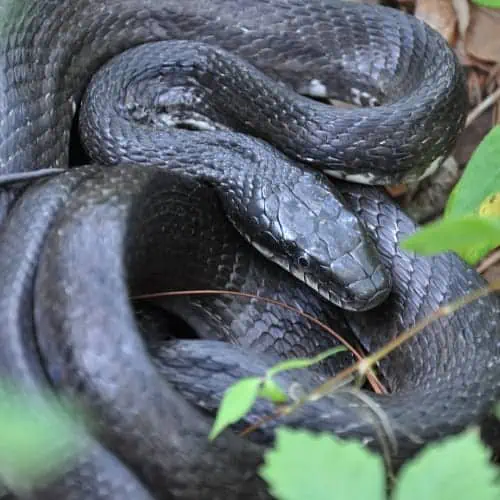
Stealthy, sneaky, and sometimes scary, snakes are some of the most unwanted visitors in both urban areas and rural backyards. Most people find everything about their appearance and behavior threatening and hair-raising. Unsurprisingly, these reptiles are often highly ranked in a child’s or even an adult’s list of fears. They tend to be avoided at all costs, regardless of whether they are actually dangerous or not.
Although many common snakes are non-venomous, they may bite or employ other means of self-defense (e.g. constriction around a limb) when they are threatened. This is a sufficient enough reason to be on the lookout for signs of their presence. When they are left to roam about the backyard, a pet or a child may stumble upon them and attempt to interact with them. Unfortunately, they may get hurt in the process.
In the worst cases, especially in places where venomous snakes are rampant, a snake bite can be fatal. If you suspect that you do have venomous snakes in your backyard, don’t delay requesting help from a professional. Listed below are some signs to look out for, common snakes to avoid, and some tips on how to deal with these slithering intruders.
Why Do Snakes Enter Backyards?
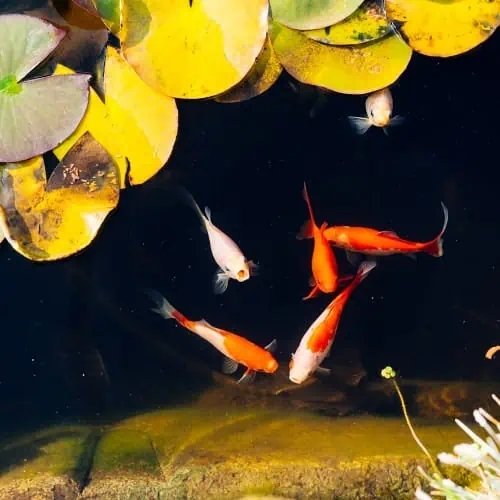
As animals that need a place to hide, rest, feed, and breed, snakes may often migrate in response to changing environmental conditions. This does not necessarily mean they favor cool forests and protected landscapes. In fact, developed areas may appeal to many snakes because they provide structure and easy-to-find food. As a result, many species find themselves in people’s homes and gardens.
The elements that attract us to our own homes – warmth, protection, comfort – are the same things that draw snakes into private property. Sometimes, people live in homes for years without ever noticing that a small family of snakes has established themselves in the basement, under the floorboards, along the grassy fences of a garden, or under the shade of tall and wide shrubs.
The odds of a snake visiting your backyard are significantly increased when it can provide them with potential sources of food. For example, having a chicken coop or a fish pond can attract many carnivorous species. Cultivating crops that attract smaller types of wildlife, such as rodents and rabbits, may likewise bring in snakes that feed on these small mammals.
Monitoring for Snakes: Signs of Their Presence
Snakes will normally stay away from humans, taking care to explore their environment in as furtive a manner as possible. Snakes within the home are quite rare, but they may be common in backyards. Due to their reptilian biology, they are likely to remain in shaded or dark parts of the garden, such as below wooden furniture, under leaf litter, in the undergrowth, and in rocky mounds with many gaps and crevices.
1) Clear signs of snake presence

- Bits of shed snakeskin – this may usually resemble the appearance of an inverted sock as it is shed whole; should bear a pattern of snake scales; usually found near moist or wet areas as snakes like to shed close to a source of moisture
- Snake trails – may appear as a straight or wavy line; is not always visible; not all snakes leave a recognizable trail behind
- Snake musk – may smell similar to rotten eggs or rotten vegetables; different species emit odors with unique scents when they are threatened; not all snakes produce musk
- Snake sounds – depending on the species, the snake may produce a sound that resembles a hiss, rattle, pop, whistle, buzz, or growl when it detects the presence of a threat
2) Less obvious signs that may suggest the presence of a snake

- Burrows and holes in the garden – snakes don’t have limbs, so they tend to use the empty burrows and holes of other wild animals (e.g. those made by turtles, frogs, rodents, and reptiles with limbs)
- Droppings – usually solid and may have a chalky appearance; smells like the droppings of other reptiles; snake size positively affects the size of their droppings
- Fewer birds, rodents, or rabbits than usual – a resident snake of considerable size can quickly decimate local populations of its prey
- Snake “nests” – sites where they lay their eggs, but these do not look like typical nests
How Does a Snake Nest Look Like?
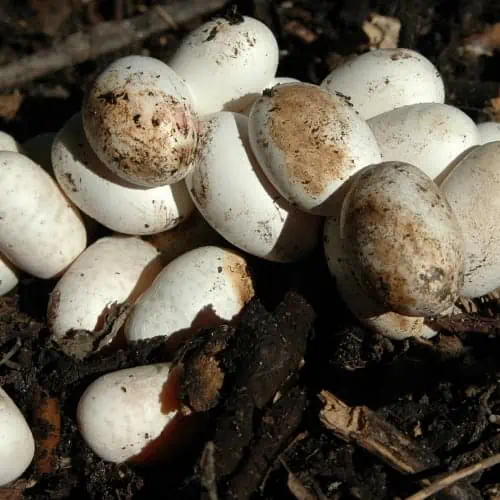
A snake “nest” may refer to either a group of snakes or a location where they deposit their eggs. Note that some species may give birth to live young, so the term “nest” would not apply to them. Those that do lay eggs don’t prepare a nest-like setup in the traditional sense. They simply search for areas that can provide, without the need for physical alterations, some coverage for their eggs.
Snake nests, also referred to as snake pits or dens, come in the form of hollowed-out tree trunks, rotten logs, piles of decaying leaves, adequately-sized burrows made by other animals, plots with dense vegetation, or sandy substrates that allow them to easily slither underground. Many species simply lay their eggs in these areas and abandon them, leaving their eggs’ survival and hatching success to chance.
A “nest of snakes” means something else entirely. Snakes may naturally congregate in one location due to the pheromones emitted by a sexually mature female. They may pile up on top of one another in an effort to mate with the female. If you find either a cluster of snake eggs or a “nest of snakes” in your backyard, keep your distance and consult a local snake expert.
Common Non-Venomous & Venomous Snakes
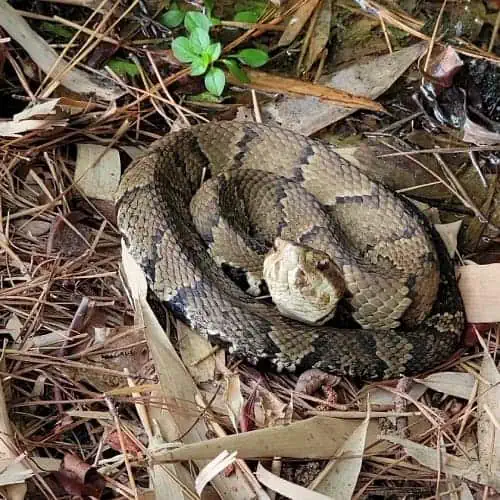
The common types of snakes found in your location would, of course, be largely determined by the species that are naturally found there. Fortunately, most of the species that are sighted in developed areas are rarely dangerous. There are a few venomous snakes, however, that may encroach into private spaces in some regions of Australia, the Americas, tropical Asia, and Africa.
Many of these snakes are masters of camouflage, with only their droppings and musk betraying their presence in a garden. Others, such as the rattlesnake, are often betrayed by the warning sounds they make. If you’re certain that the snakes in your backyard fall under the non-venomous category, you may simply leave them be. If, however, you have pets and children that like to play outdoors, it would still pay to be cautious of the following snakes:
- Banded water snake – Non-venomous, semi-aquatic, feeds on small fish and amphibians; often misidentified as a cottonmouth or copperhead
- Garter snake – Non-venomous; usually hides under debris or wooden boards; feeds on small fish, amphibians, worms, and slugs
- King snake – Non-venomous, a constrictor, readily feeds on venomous snakes
- Gopher snake – Non-venomous, usually considered a desirable visitor in farms and gardens, feeds on rodents and bats
- Cottonmouth – Venomous, a type of semi-aquatic pit viper, feeds on small vertebrates in swampy areas
- Rattlesnake (various species) – Venomous; known for the rattles on their tails; feeds on insects, smaller reptiles, and rodents
- Rat snake – Non-venomous, commonly found in urbanized areas, feeds on rats and other rodents
- Copperhead – Venomous, an opportunistic carnivore, usually most active after dark
- Coral snake – Venomous, usually remains underground, feeds on other reptiles
- Ribbon snake – Non-venomous, often found swimming close to shorelines, feeds on fish and amphibians
- Scarlet snake – Non-venomous, often mistaken as the venomous coral snake, remains underground or under debris, may be more active above ground at night, feeds on reptiles and amphibians
- Corn snake – Non-venomous, often misidentified as a copperhead, nocturnal in summer, feeds on smaller terrestrial vertebrates
Should I Be Worried About Snakes in My Backyard?
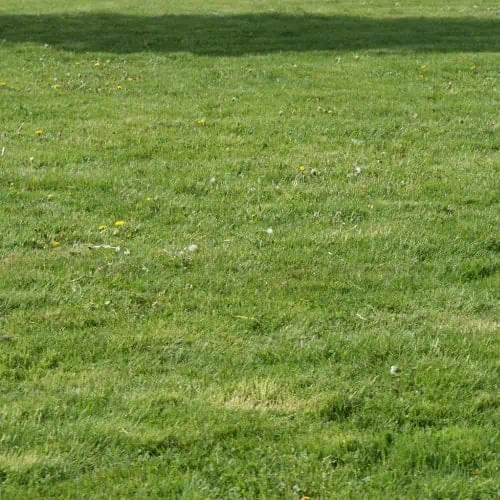
If you are located in an area that is known for having thriving populations of venomous snakes, you should frequently monitor your surroundings for signs of their presence. In states like Georgia and Alabama, for example, developments in rural areas (particularly those that are close to swamps) frequently report sightings of venomous snakes.
Proper backyard maintenance, such as removing debris and leaf litter, mowing the grass before it grows too tall, and removing trash from outdoor areas, can help minimize encounters with snakes. To reduce the risk of injury when working in your backyard, it would be best to wear protective shoes and clothing. Keep in mind that a single bite from a venomous snake can be fatal.
In contrast, if venomous snakes are seldom ever reported in your area, you need not be too worried about snakes in your backyard. Small, non-venomous types of snakes are rarely ever troublesome. Because they feed on many wild animals, consequently controlling their populations, they may even be beneficial in the long run.
What To Do When You See a Snake on Your Property

If you ever find yourself in a snake’s line of sight, remind yourself to stay calm. As a rule of thumb, do not move closer toward the snake or attempt to catch it. Unless you have prior experience with dangerous snakes and are fully aware of how they behave, removing a snake from your garden should be left to the experts. Slowly back away from the snake, taking care to watch where you step. Be prepared to move any pets or children to a safer location.
Once you are securely distanced from the snake, try to recollect what it looked like and how big it was. If you suspect that it may be a venomous species, consider calling in a professional. If it looked to be a small and non-venomous snake, it would be best to simply leave it be. It may just be passing through your area. The most you should do is secure all windows and doors to prevent it from entering your home. Carefully inspect your backyard before declaring it a child-safe or pet-safe zone once more.
Snakes that are sighted on your property do not have to be killed, even if they are venomous. Unless they are dangerously large, non-venomous snakes should be left to find their own way out of your backyard. Venomous snakes should simply be relocated into their native habitat, where they can continue playing their important ecological roles without human interference. If you do not have the contact details of a snake expert, your local police or fire department should be able to help.

